 Hello, all. We’ve decided to do a little bit of a reshuffle here at 7-Imp. Here’s why.
Hello, all. We’ve decided to do a little bit of a reshuffle here at 7-Imp. Here’s why.
When we started this blog almost two years ago, we mentioned that we both like to read all kinds of books, from picture books on up to adult novels, and that we intended to talk about all of them, regardless of age level.
Well. A couple of things have changed since then. 1.) We now accept review copies from publishers, something we were hesitant about at first because we didn’t want to be burdened with any actual or perceived obligations to review particular books. And 2.) we’ve expanded our focus to include interviews, illustrator profiles, and a bunch of other features that aren’t necessarily book reviews. So, what difference does that make? It makes us very busy, a lot busier than we ever imagined we’d be, and we’re getting kind of overwhelmed by the stacks and stacks of books that generous review-seekers have sent us. In order to deal with this more efficiently, we’ve decided to amend our blog’s mission statement a little bit.
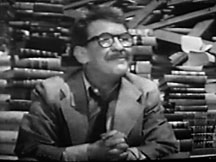 From now on, when it comes to reviewing books, GENERALLY SPEAKING, Jules will be focusing on picture books and middle grade lit, and Eisha will be concentrating on young adult and adult lit. We still reserve the right to read and review whatever we please, and OF COURSE we’ll still collaborate on the occasional co-review, ’cause that’s really why we started this blog in the first place — to talk with each other about books, and bring other interested parties in on the conversation. But in general, if you’re someone who wants to offer us a review copy, that’s the way we’ll break it down.
From now on, when it comes to reviewing books, GENERALLY SPEAKING, Jules will be focusing on picture books and middle grade lit, and Eisha will be concentrating on young adult and adult lit. We still reserve the right to read and review whatever we please, and OF COURSE we’ll still collaborate on the occasional co-review, ’cause that’s really why we started this blog in the first place — to talk with each other about books, and bring other interested parties in on the conversation. But in general, if you’re someone who wants to offer us a review copy, that’s the way we’ll break it down.
To recap, here are the responsibilities and major areas of focus:
Jules — Reviewing picture books and middle grade lit; finding illustrators to profile; creative use of multi-colored and multi-sized fonts; organizing giant philanthropic multi-blog movements; and doing all the actual work that makes this blog readable.
Eisha — Reviewing young adult and adult books; contributing the occasional Poetry Friday post; and slacking off.
Hopefully narrowing our focus this way will help us get organized, and cut down on the volume of unsolicited review copies we get that fall outside our scope of interest, and therefore cut down on the guilt factor too.
Thank you for your attention. We now resume our regularly scheduled programming, already in progress.
* * * Jules edits to add:
Eisha wrote this and doesn’t give herself enough credit. And playing with font sizes and colors? Who? Me?
 Wednesday, April 30th, 2008
Wednesday, April 30th, 2008
 You know what’s great? Waking up and finding Frank Dormer in your kitchen. He’s tiptoe-ing around, so as not to disturb you in your pre-caffeinated state. He’s already put the Pop Tarts in the toaster, and has the kettle just about ready to whistle. So thoughtful. So generous. So… GAH!!! DUDE!!! Is that… Is that a frog under my napkin?!?
You know what’s great? Waking up and finding Frank Dormer in your kitchen. He’s tiptoe-ing around, so as not to disturb you in your pre-caffeinated state. He’s already put the Pop Tarts in the toaster, and has the kettle just about ready to whistle. So thoughtful. So generous. So… GAH!!! DUDE!!! Is that… Is that a frog under my napkin?!? Hello, all. We’ve decided to do a little bit of a reshuffle here at 7-Imp. Here’s why.
Hello, all. We’ve decided to do a little bit of a reshuffle here at 7-Imp. Here’s why. From now on, when it comes to reviewing books, GENERALLY SPEAKING, Jules will be focusing on picture books and middle grade lit, and Eisha will be concentrating on young adult and adult lit. We still reserve the right to read and review whatever we please, and OF COURSE we’ll still collaborate on the occasional
From now on, when it comes to reviewing books, GENERALLY SPEAKING, Jules will be focusing on picture books and middle grade lit, and Eisha will be concentrating on young adult and adult lit. We still reserve the right to read and review whatever we please, and OF COURSE we’ll still collaborate on the occasional 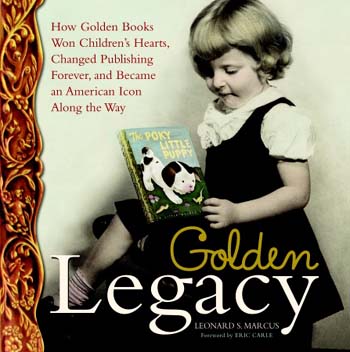 Last year, the Little Golden Book celebrated 65 years of existence, and in October Random House released
Last year, the Little Golden Book celebrated 65 years of existence, and in October Random House released 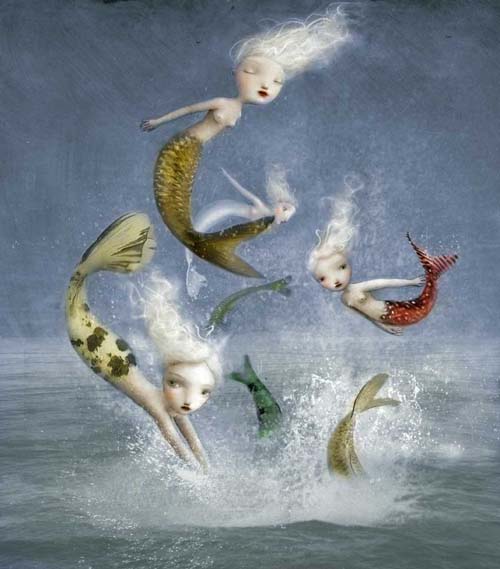 Jules: Eisha and I were almost left speechless when we saw the illustrations we’re featuring today, ones from Italian illustrator
Jules: Eisha and I were almost left speechless when we saw the illustrations we’re featuring today, ones from Italian illustrator  There are serious perks to having poets for upstairs neighbors. Like, they loan me books. And take me to
There are serious perks to having poets for upstairs neighbors. Like, they loan me books. And take me to 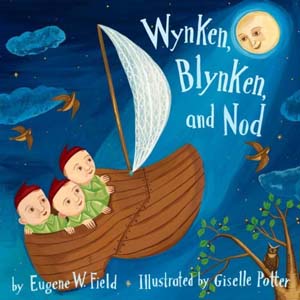
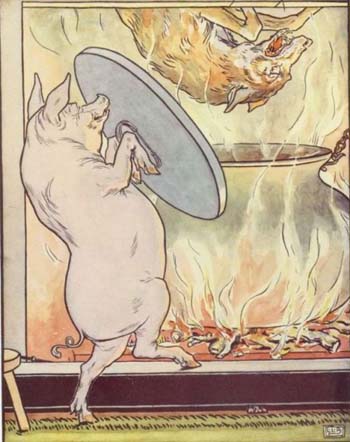 Adrienne: Back in August, Jules and I began bonding over our shared love of what we’ve decided to call Slightly Demented Picture Books. It started with
Adrienne: Back in August, Jules and I began bonding over our shared love of what we’ve decided to call Slightly Demented Picture Books. It started with  Jules: When
Jules: When 